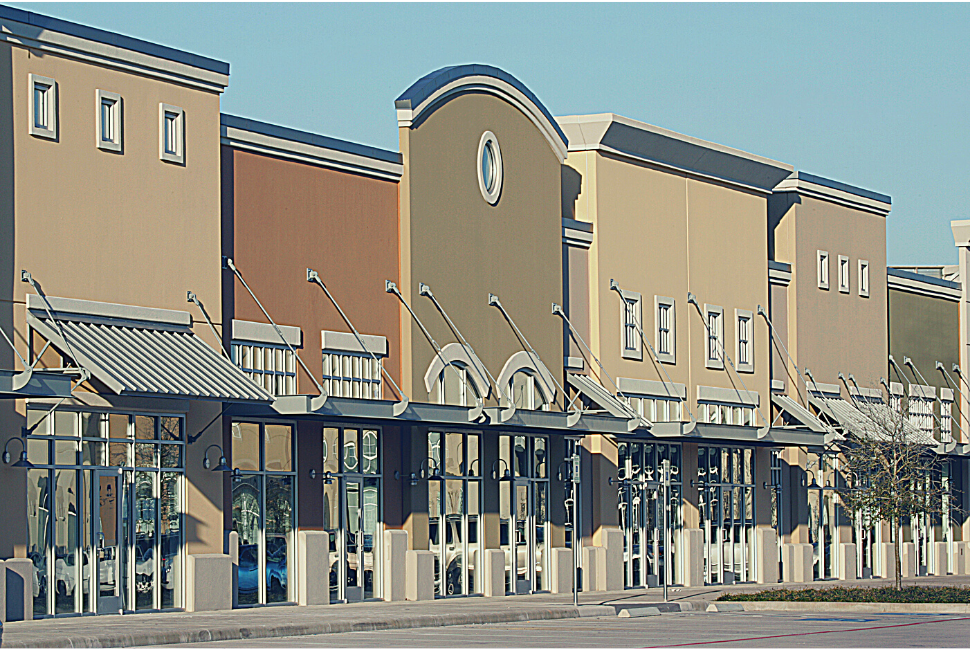With new variants ushering us into another phase of the pandemic, the general feeling of uncertainty amongst the public remains high.
However, with over 160 million people now vaccinated, there’s no denying that much of the population is eager to get back to life as they once knew it.
What will the post-COVID landscape look like? Moreover, how can retailers effectively navigate this landscape in a way that both responds to customers’ demands and is sustainable for their organizations?
5 Important Post-COVID Considerations for Retailers
In keeping with our No Surprises approach to retail, we believe it’s vital for retailers to think ahead and start planning early. Here are the top 5 considerations we’re taking into account for a post-COVID retail world.
1. Getting customers back into stores and making purchases
Retailers spend a fortune on operating expenses like payroll, rental spaces, and inventory management systems. Eighteen months after the pandemic began, the pressure is on to ensure that those expenditures, particularly for brick-and-mortar locations, provide a return on investment.
What’s the best way to accomplish this goal? Focus on initiatives that bring customers into the store and compel them to make a purchase. These efforts can be broken down into two primary strategies:
- Driving customers into the store with omnichannel marketing. Leverage your digital marketing channels to alert customers that you’re open for business. What needs to happen to bring your target audience into a physical store? If your core demographic has been exceptionally risk-averse during the pandemic, reassure them that you have increased safety measures and are compliant with all state and federal rules and regulations. And, if efforts like social media and email marketing diminished during the last year and a half, take this opportunity to re-engage your audience on these channels—by highlighting what’s new and exclusive in-store.
- Driving customers to make a purchase with cohesive merchandising and operations. Once your customers are inside your store, how will you get them to make a purchase? If your inventory is still low right now, you’ll likely want to increase it as you anticipate additional store traffic. While merchandising is one half of the equation, operations are just as important. You can create a welcoming atmosphere by training employees to make sure customers feel welcome, safe, and comfortable as they shop. Part of that effort is ensuring that everyone on your team knows your processes and can deliver a consistent customer experience.
2. Holiday preparation
If like some retailers, you earn 70-80% of your revenue during the holidays, it’s important to have a comprehensive strategy to make the most of the season. Online shopping may have driven retail sales in 2020, but this year, shoppers are craving interaction and will likely return to stores in a more meaningful way.
How can retailers implement a No Surprises approach to the first post-COVID holiday season? We believe there are three essential components to success: shared expectations, operational discipline, and complete transparency in your organization.
Set clear expectations for factors like inventory, system uptime, staffing, and traffic. Implement operational discipline—but prepare to be agile in the face of inevitable uncertainties. Make sure you include backup contingencies! With COVID-19 variants still spreading in growing numbers across the world, it’s impossible to know what will happen between now and October. Be transparent with your customers and employees about the changes and challenges you face. This is a great opportunity to seek feedback, collaborate with stakeholders, and build trust.
3. Managing customers’ high expectations
The spectrum of retail customers ranges from accommodating to highly demanding.
During the height of the pandemic, there was a general shift among consumers toward accommodation and understanding. The collective feeling that “we’re all in this together” brought out the best in people—although of course there were exceptions.
But as COVID-19 cases decline, shoppers’ expectations will rise again. Customers already seem to be less tolerant of inconveniences such as inventory shortages or slow service, which were often accepted as inevitable in the middle of a pandemic.
As customer expectations return to their previous levels, retailers must be prepared to meet and manage these demands.
4. Hiring employees
Businesses across the country are ramping up hiring efforts after slowing down operations during the pandemic, and retail is no exception.
The reverberations of COVID-19, including access to childcare, health and safety concerns, and stiff competition have made retail hiring even more challenging. The “Great Resignation” of 2021 has left millions of positions unfilled across all sectors.
To attract new employees, retailers may need to revisit compensation and benefits packages and, when possible, policies on working from home. We know that Millennials and Gen Z value purpose and meaning, so shoring up company culture can be an important consideration as well.
Once those team members have been hired, it’s crucial, of course, to train them effectively. Every retailer must prioritize proper training, monitoring, tracking, and communications efforts as they onboard an influx of new staff.
5. Managing unpredictable peaks and valleys of demand
The trajectory of the pandemic in the months ahead is still unknown. Combined with civil unrest, mass shootings, and deepening political divides, an undercurrent of fear has spread throughout the country. That fear impacts people in many ways, including how and where they spend their money.
Looking ahead, retailers can expect, and ought to prepare for, peaks and valleys in demand that are driven by external factors. If anything, the pandemic has been a strong reminder that the only certainty is uncertainty.
At Sophelle, we know that executing retail strategies without surprises is critical to long-term success. We’re ready to support our clients in a world that’s full of change and risk. Contact us today to learn more.




